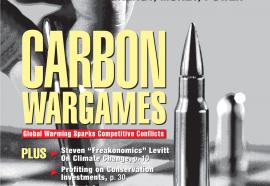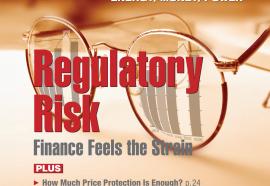Pay-as-Bid vs. Uniform Pricing
Discriminatory auctions promote strategic bidding and market manipulation.
Some advocates claim markets can help reduce electricity prices by changing the design of wholesale auctions. However, taking a pay-as-bid approach could make matters worse.










